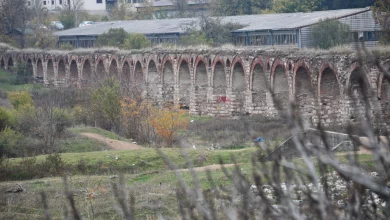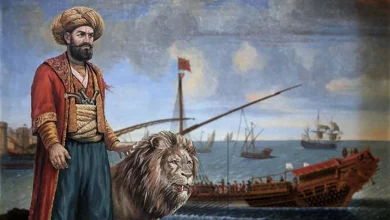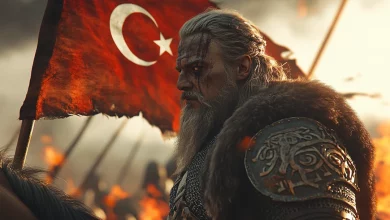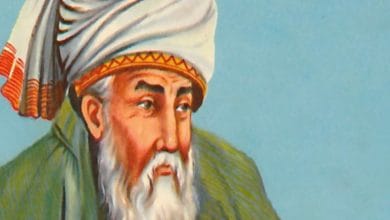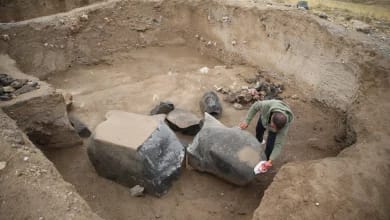Ancient Inscription Finally Deciphered at Monument
Scientist Deciphers 2,600-Year-Old Inscription in Turkey
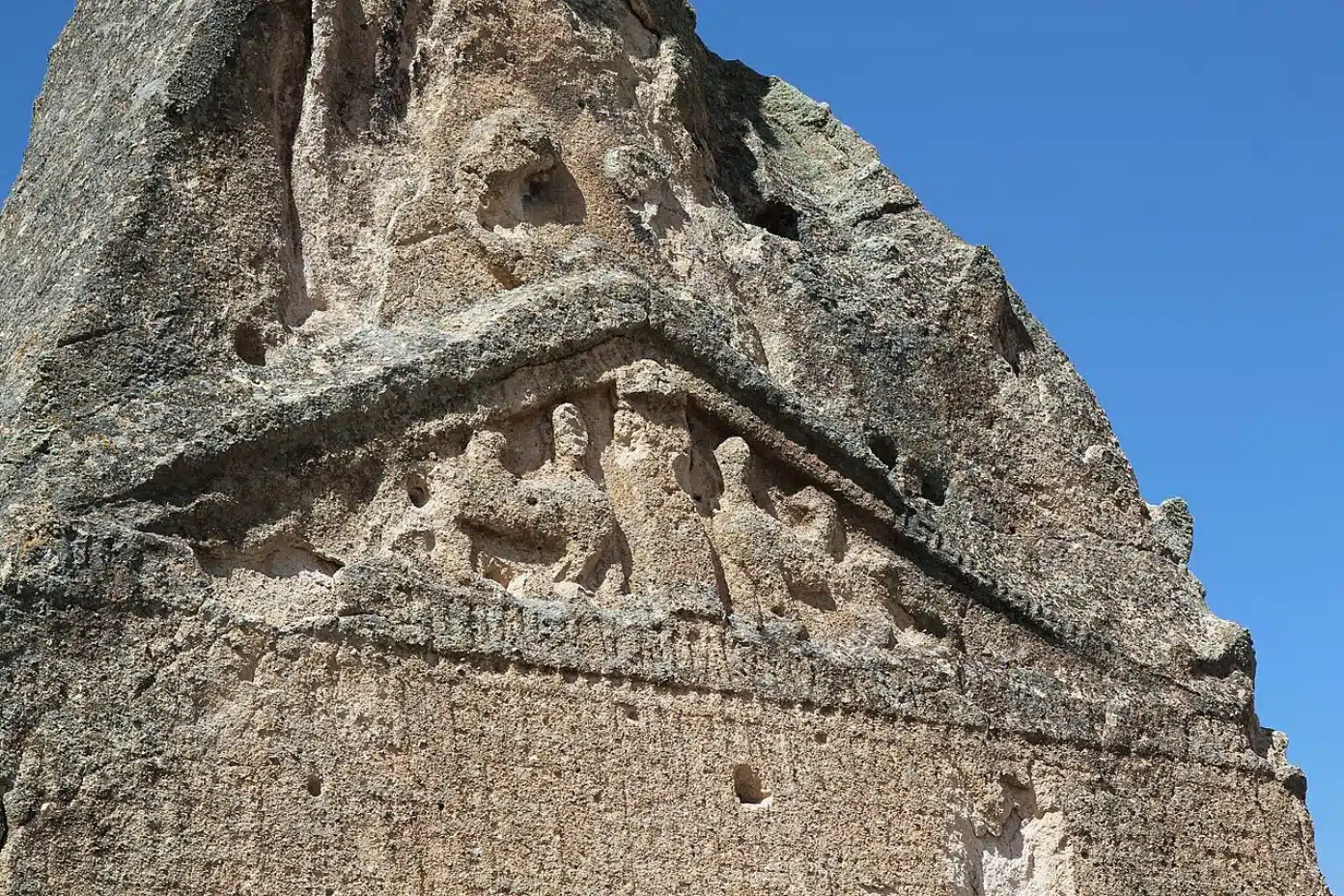
Mark Munn, a professor of ancient Greek history and archaeology at Pennsylvania State University, claims to have deciphered a 2,600-year-old inscription carved on the Arslan Kaya (Lion Rock) monument in Turkey. This ancient monument, adorned with images of lions and sphinxes, is believed to honor the goddess Materan, revered by the Phrygians as the “Mother.” The Phrygians were a civilization that flourished in what is now Turkey from around 1200 to 600 BCE.
Unveiling the Arslan Kaya Monument
The Arslan Kaya, or “Lion Rock,” is a prominent rock-cut monument located in the Phrygian highlands of western Turkey. Carved into a volcanic peak approximately 15 meters high, the monument features a sculpted façade adorned with geometric designs and a niche that once housed a figure representing the Mother Goddess. Over centuries, natural erosion and human activities have significantly damaged the monument, rendering its inscriptions nearly illegible.
Phrygian inscription to the mother of gods
The inscription, though faded and damaged over time, was read with the help of photographs taken at a particular time of day when the light made the text clearer.
The Arslan Kaya monument stands tall in the Phrygian highlands of what is now western Turkey, close to Lake Emre Gölü. This striking rock formation, carved into a volcanic peak about fifteen meters high, showcases a sculpted front with geometric designs.
In a small carved space, remnants of a figure representing the Mother Goddess can still be seen. Just above this figure, at the base of the decorative top, are the faint remains of an inscription that researchers have been studying.
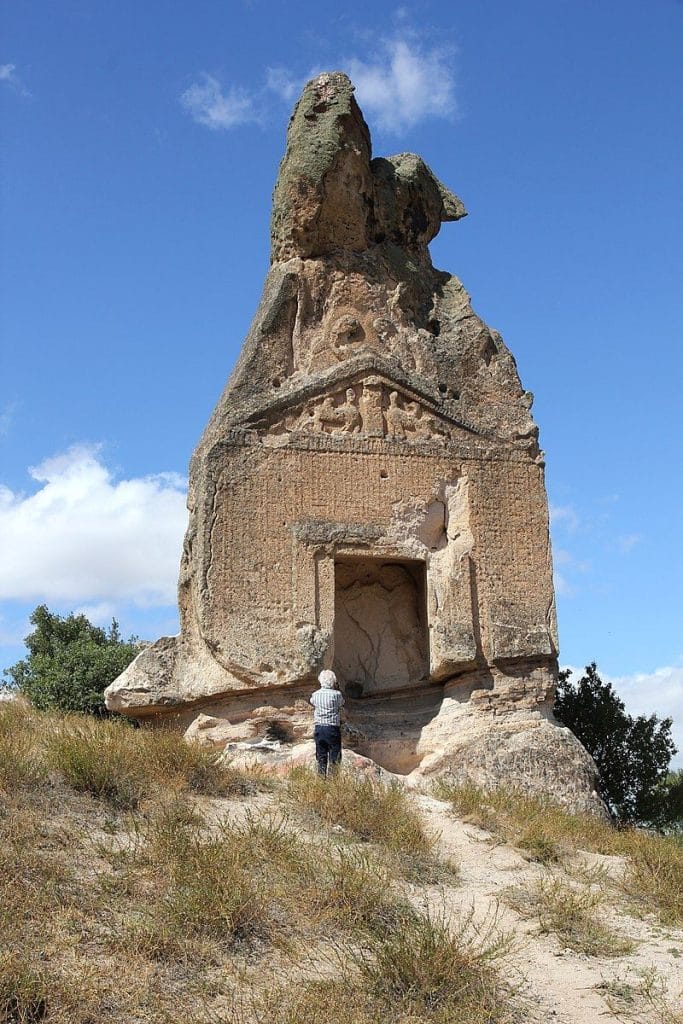
Natural erosion, along with damage from treasure hunters and vandals, has worn away most of the inscription. Exposure to weather over centuries has further faded the surface, while recent acts by treasure seekers using explosives have worsened the damage, even breaking parts of the goddess’s figure in the small carved space.
However, Professor Munn used the mid-morning light, which casts shadows to reveal faint marks, to photograph the letters still visible. He then compared these images with old photographs, some dating as far back as the 19th century.
Cultural and Historical Significance
The identification of “Materan” on the monument underscores the religious importance of the Mother Goddess in Phrygian and Lydian cultures. The stylistic elements of the monument, combined with the inscription, suggest it dates to the first half of the 6th century BCE, a period when the Lydian Empire exerted influence over Phrygia. This finding highlights the interconnectedness of these ancient civilizations and their shared religious practices.
Challenges and Implications
The Arslan Kaya monument has suffered from centuries of natural erosion and deliberate damage by treasure hunters and vandals, complicating efforts to study its inscriptions. Despite these challenges, Munn’s work demonstrates the potential of combining modern photographic techniques with historical records to reconstruct and understand ancient texts. This discovery not only enriches our knowledge of Phrygian religious history but also affirms the cultural ties between Phrygia and Lydia.
In summary, the successful deciphering of the Arslan Kaya inscription marks a significant advancement in the study of ancient Anatolian civilizations, shedding light on their religious beliefs and cultural interactions.

